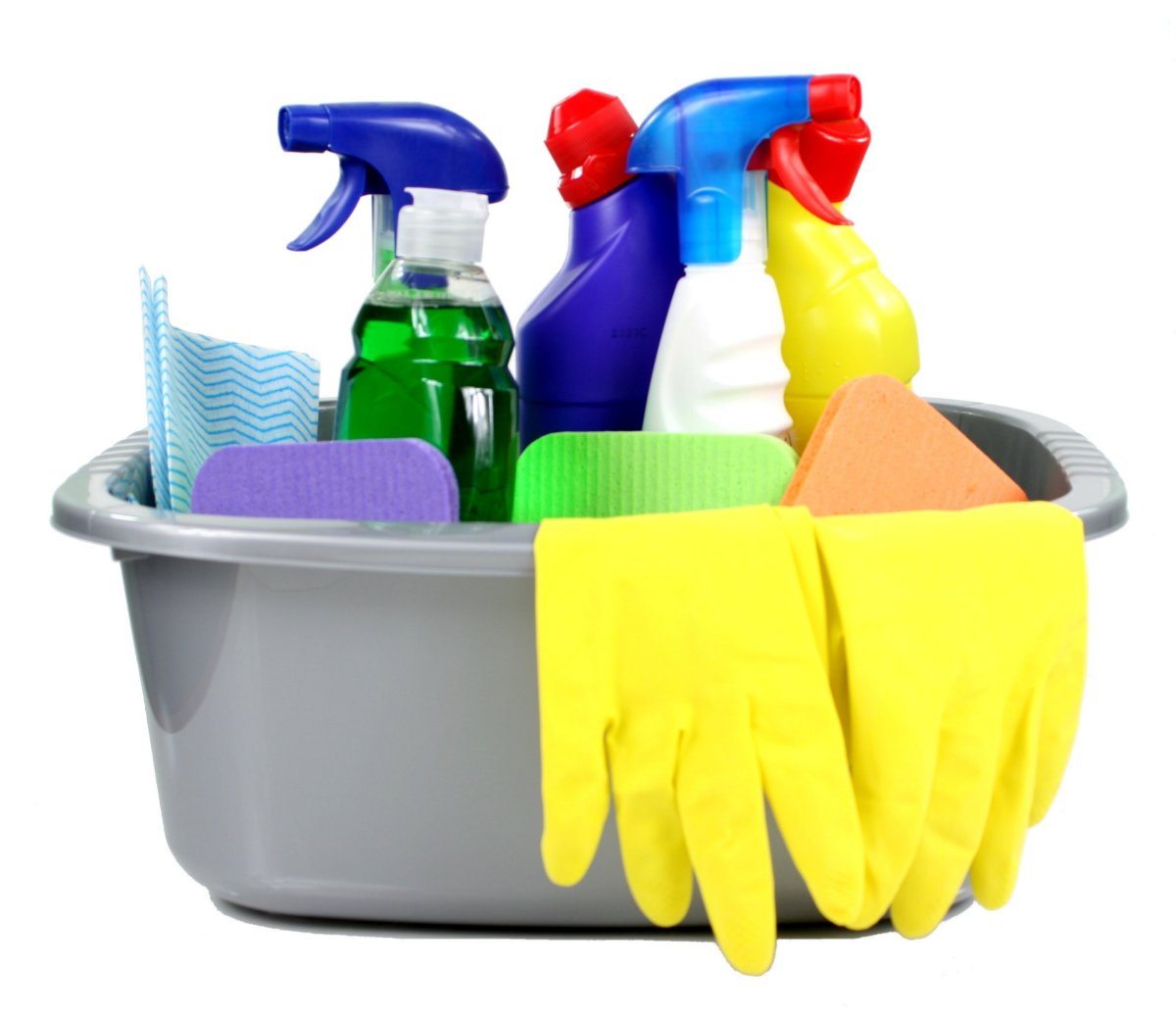
This document provides considerations on cleaning and disinfecting settings such as homes and cars that may be contaminated with Monkeypox virus. This information applies to the West African clade of Monkeypox virus only.
Purpose of Home Disinfection
People with monkeypox who do not require hospitalization may be isolated at home. Monkeypox spreads between people through direct contact with an infectious rash, body fluids, or by respiratory secretions during prolonged, face-to-face contact. Transmission of Monkeypox virus is possible from the onset of the first symptoms until the scabs have separated and the skin has fully healed.
During the infectious period of time, body fluids, respiratory secretions, and lesion material from people with monkeypox can contaminate the environment. Poxviruses can survive in linens, clothing and on environmental surfaces, particularly when in dark, cool, and low humidity environments. In one study, investigators found live virus 15 days after a patient’s home was left unoccupied. Studies show that other closely related Orthopoxviruses can survive in an environment, similar to a household, for weeks or months. Porous materials (bedding, clothing, etc.) may harbor live virus for longer periods of time than non-porous (plastic, glass, metal) surfaces.
Orthopoxviruses are very sensitive to UV light. Despite the ability of Orthopoxviruses to persist in the environment, they are also sensitive to many disinfectants, and disinfection is recommended for all areas (such as home and vehicle) where a person with monkeypox has spent time, as well as, for items considered to be potentially contaminated.
Disinfectant
Use an EPA-registered disinfectant, in accordance with the manufacturer’s instructions. Follow all manufacturer directions for use, including concentration, contact time, and care and handling. When choosing a disinfectant, it is important to consider any potential health hazards, and do not mix disinfectants or add other chemicals. More considerations can be found here: Hazard Communication for Disinfectants Used Against Viruses | NIOSH | CDC. Follow these steps for safe and effective disinfectant use:
- Check that your product is EPA-registered: Find the EPA registration number on the product.
- Read the directions: Follow the product’s directions. Check “use sites” and “surface types” to make sure this is the right product for your surface. Next, read the “precautionary statements.”
- Pre-clean the surface: Make sure to wash the surface with soap and water if the directions mention pre-cleaning or if the surface is visibly dirty. Dirt can keep the disinfectant from working.
- Follow the contact time: Follow the instructions: The surface should remain wet for the amount of time indicated to ensure the product is effective. Reapply if necessary.
Read more...







